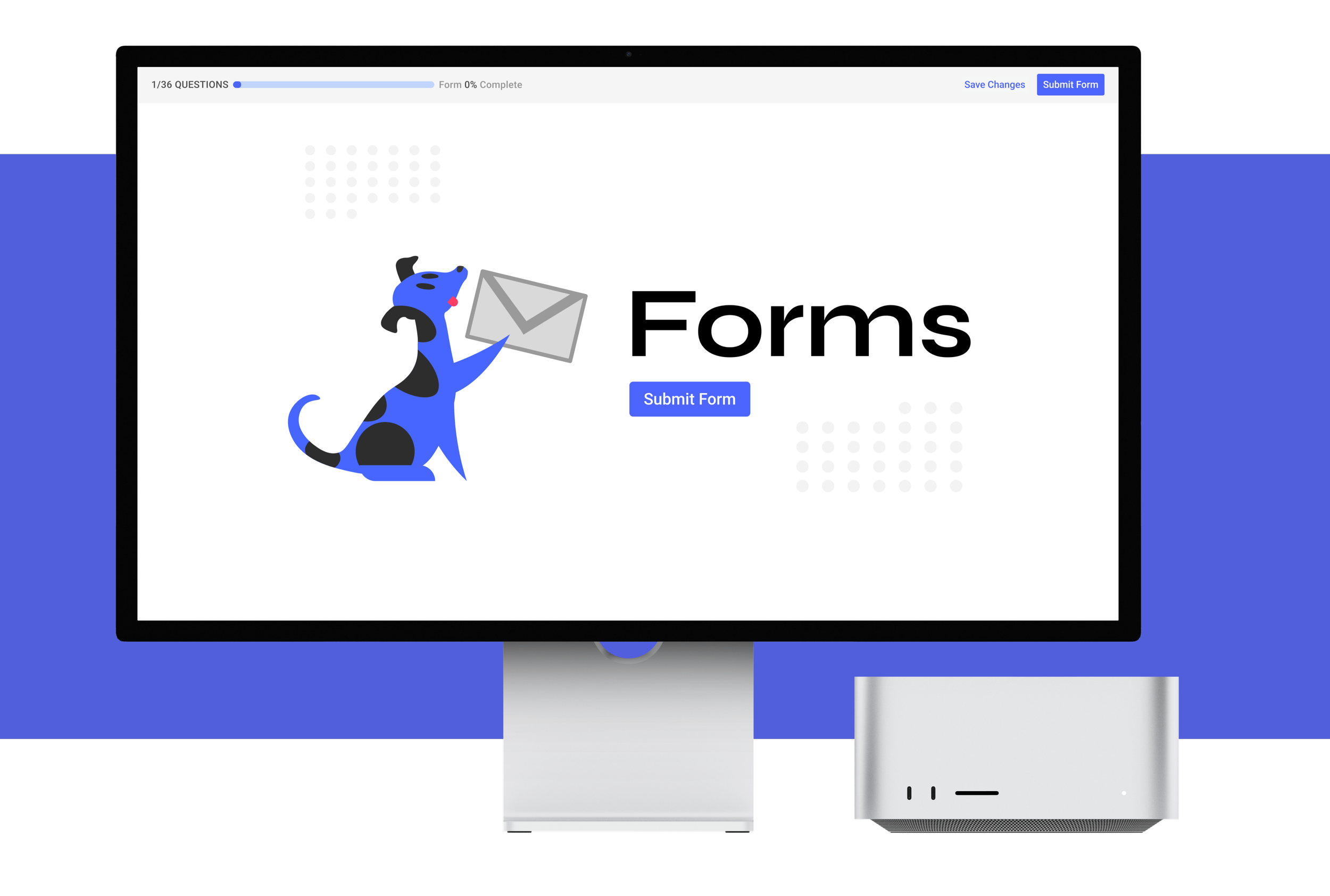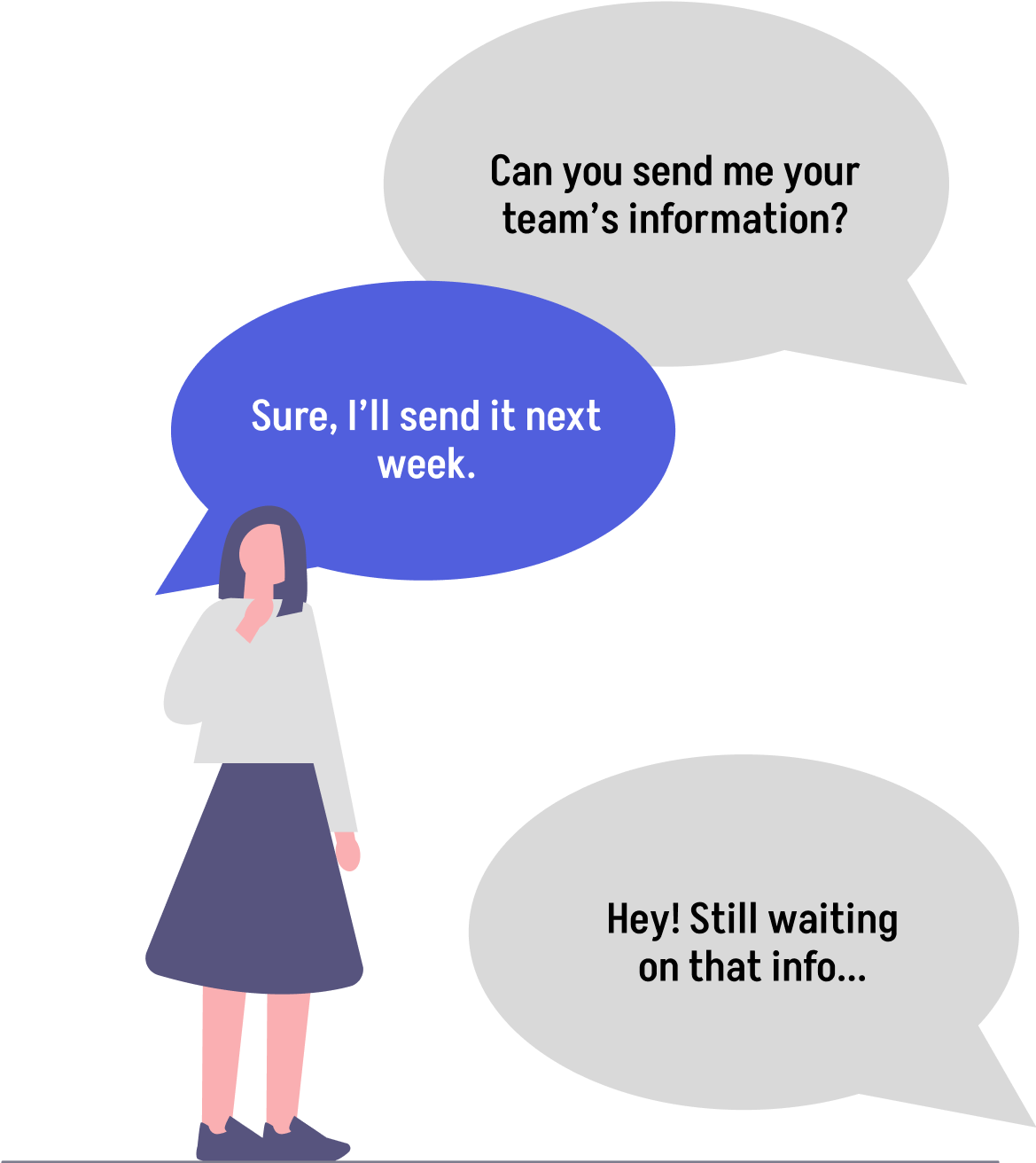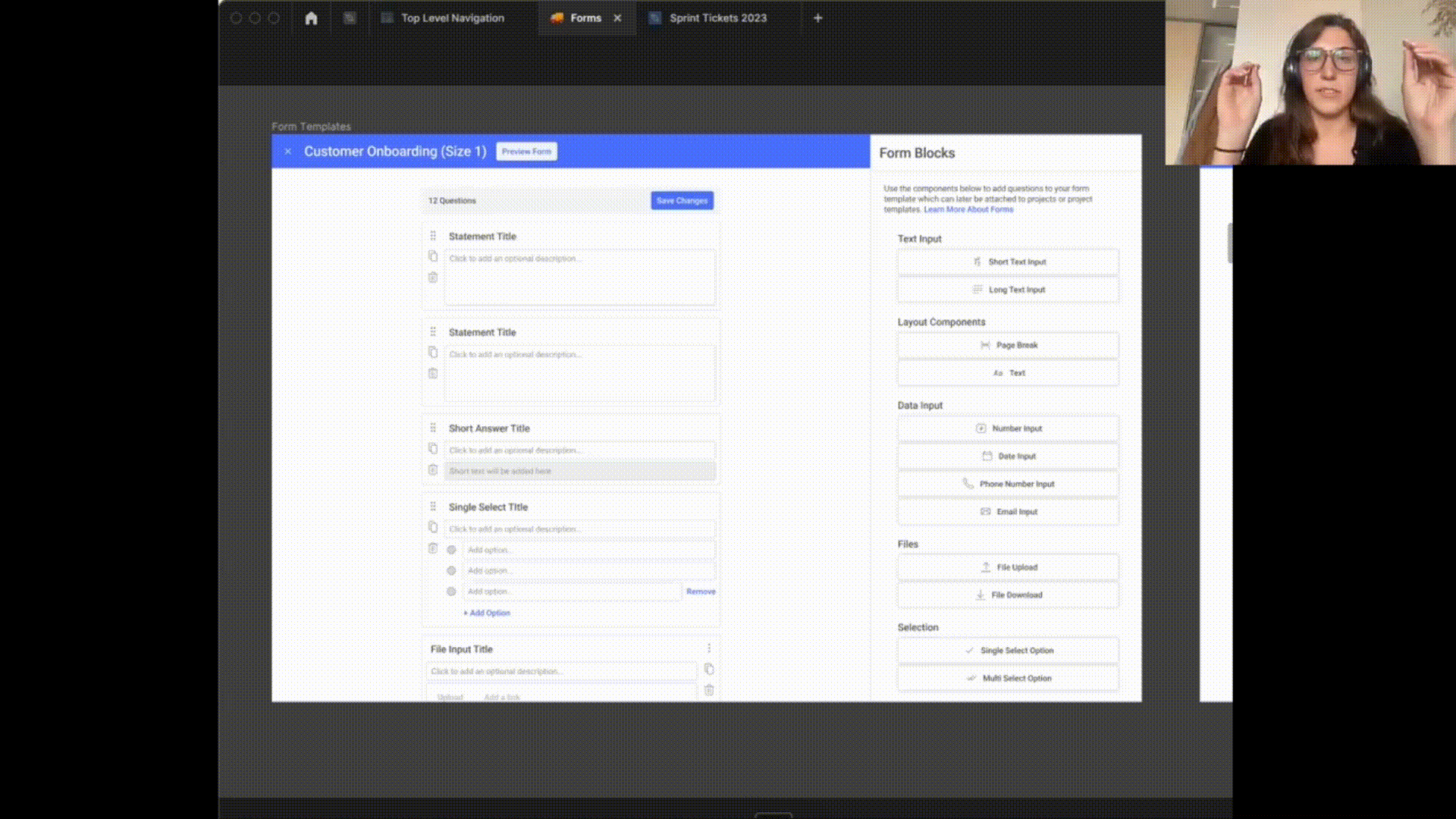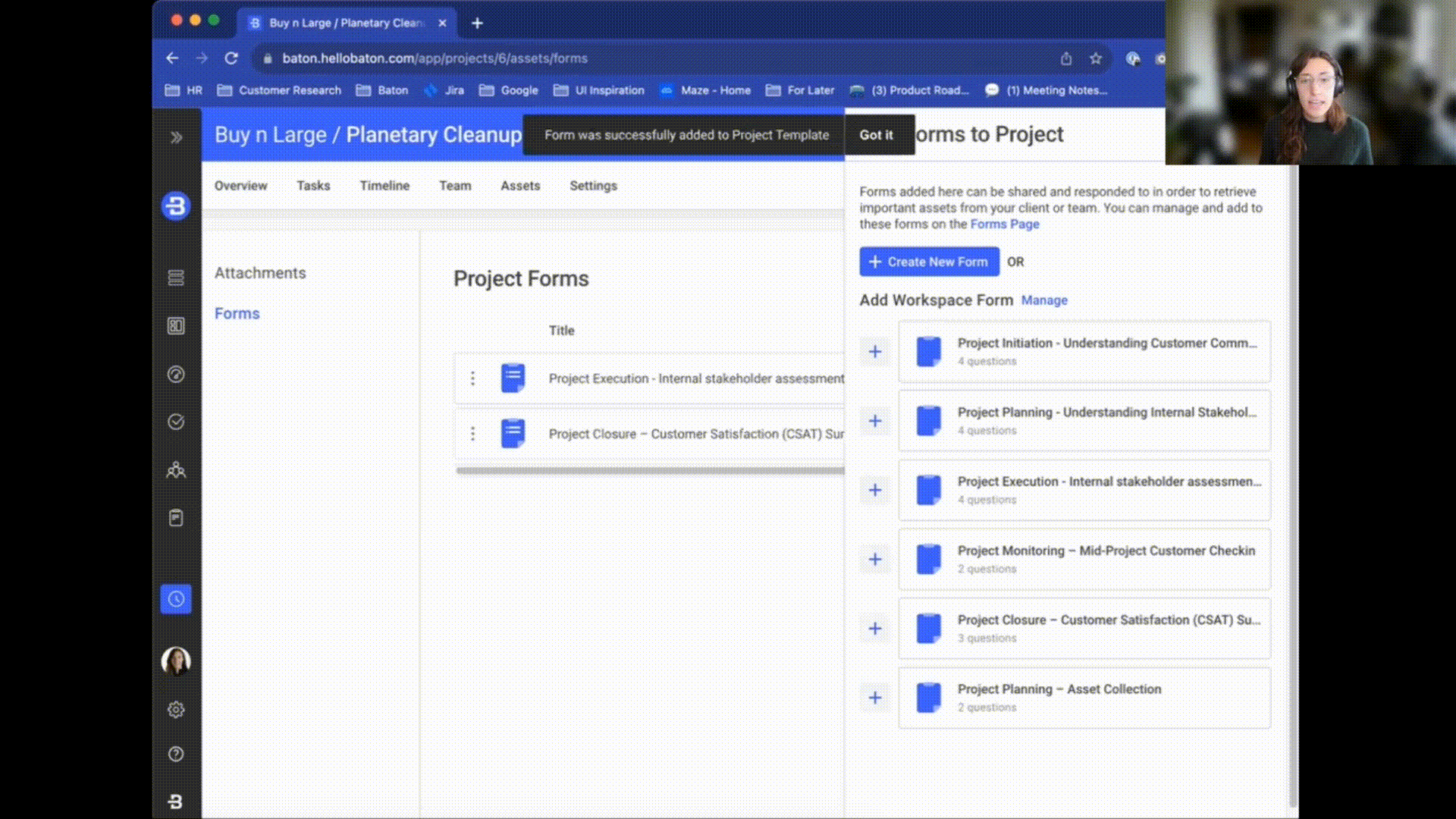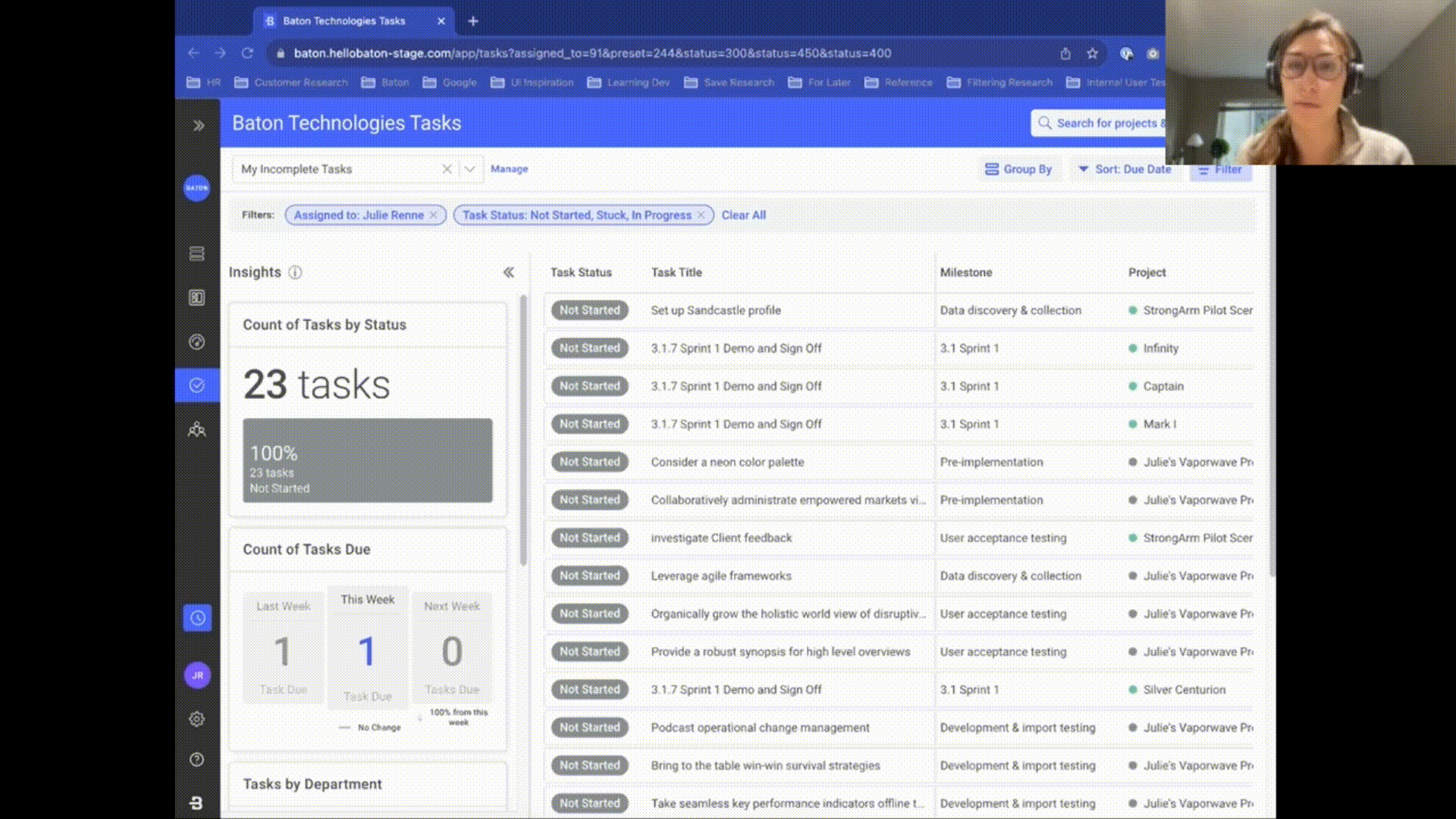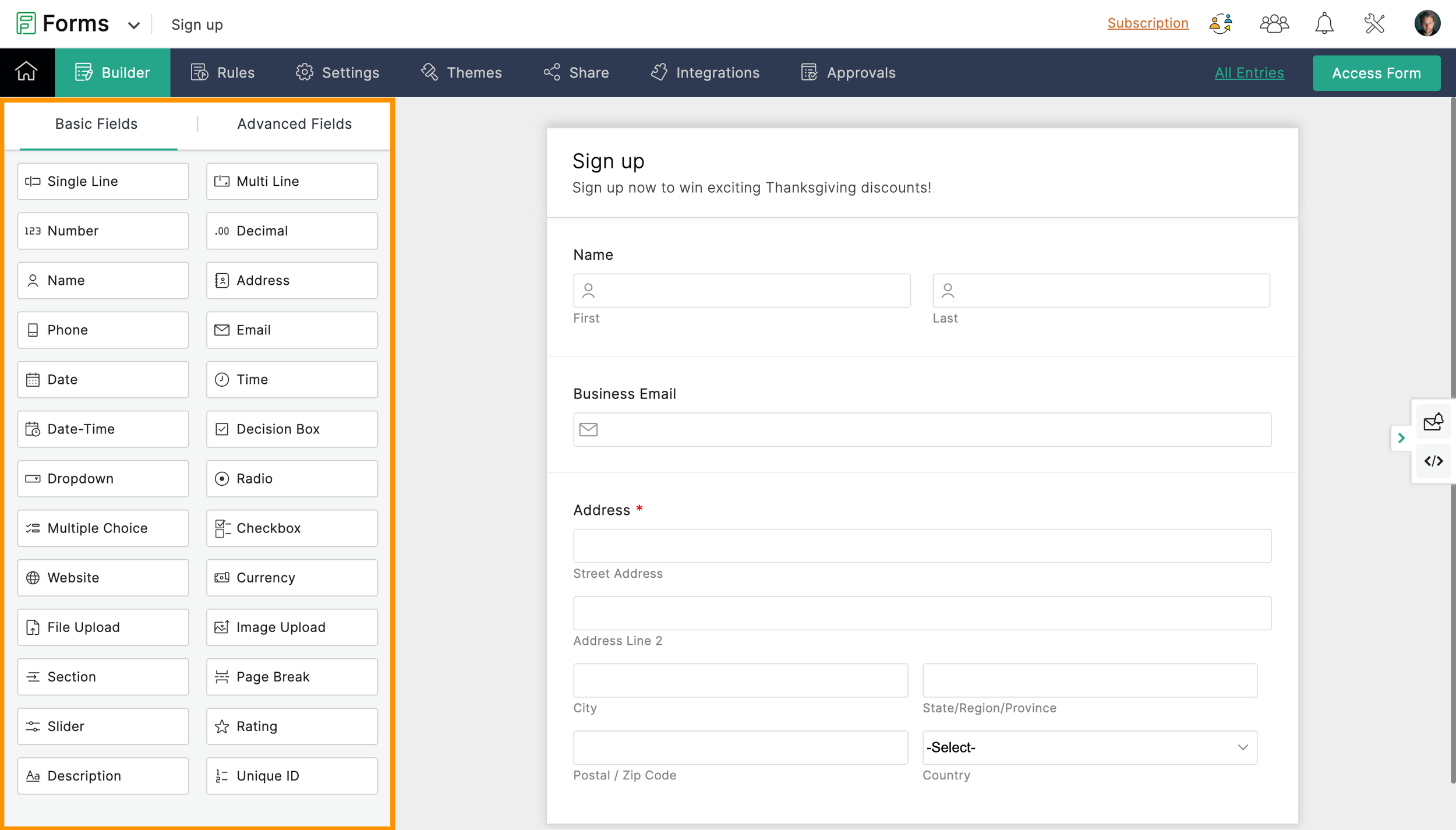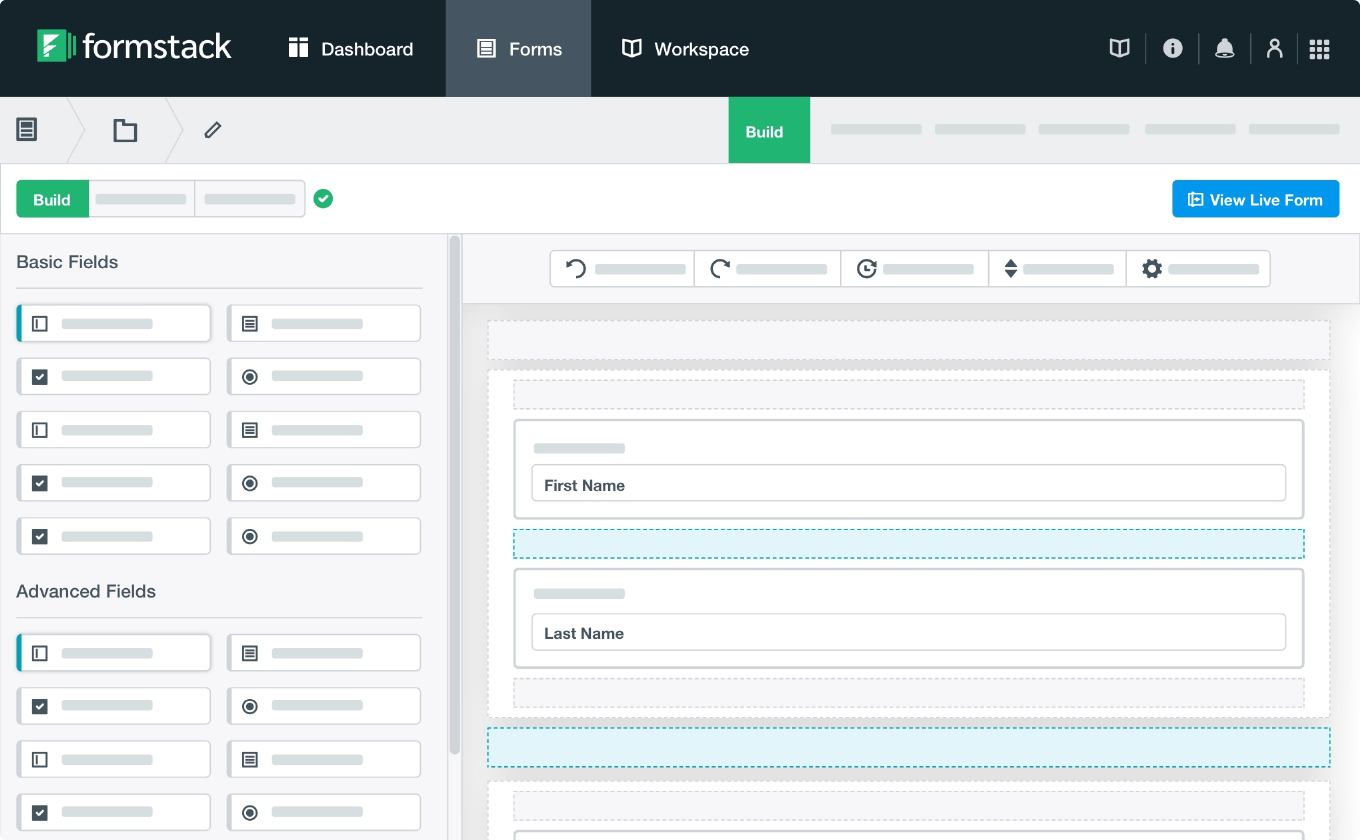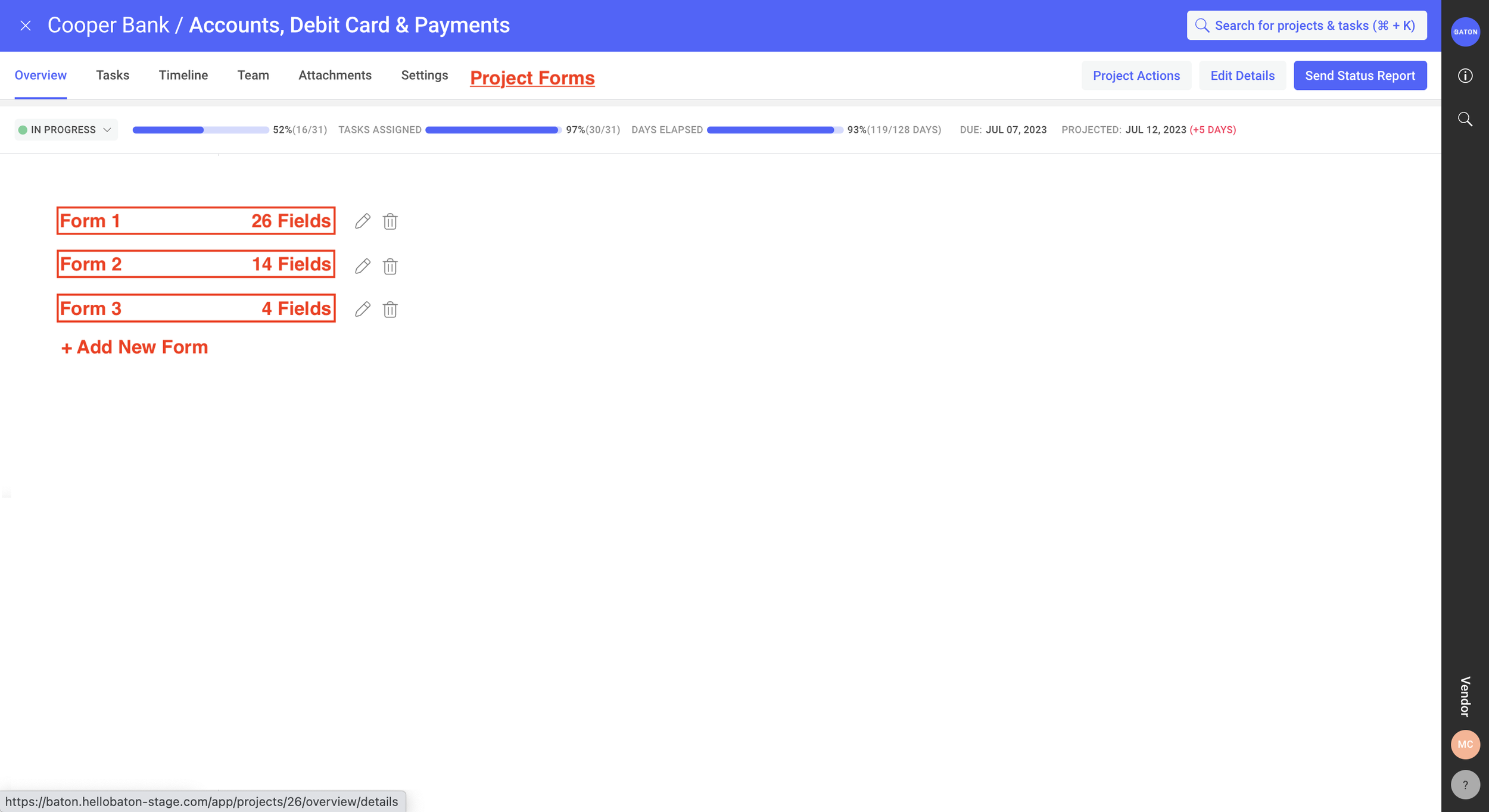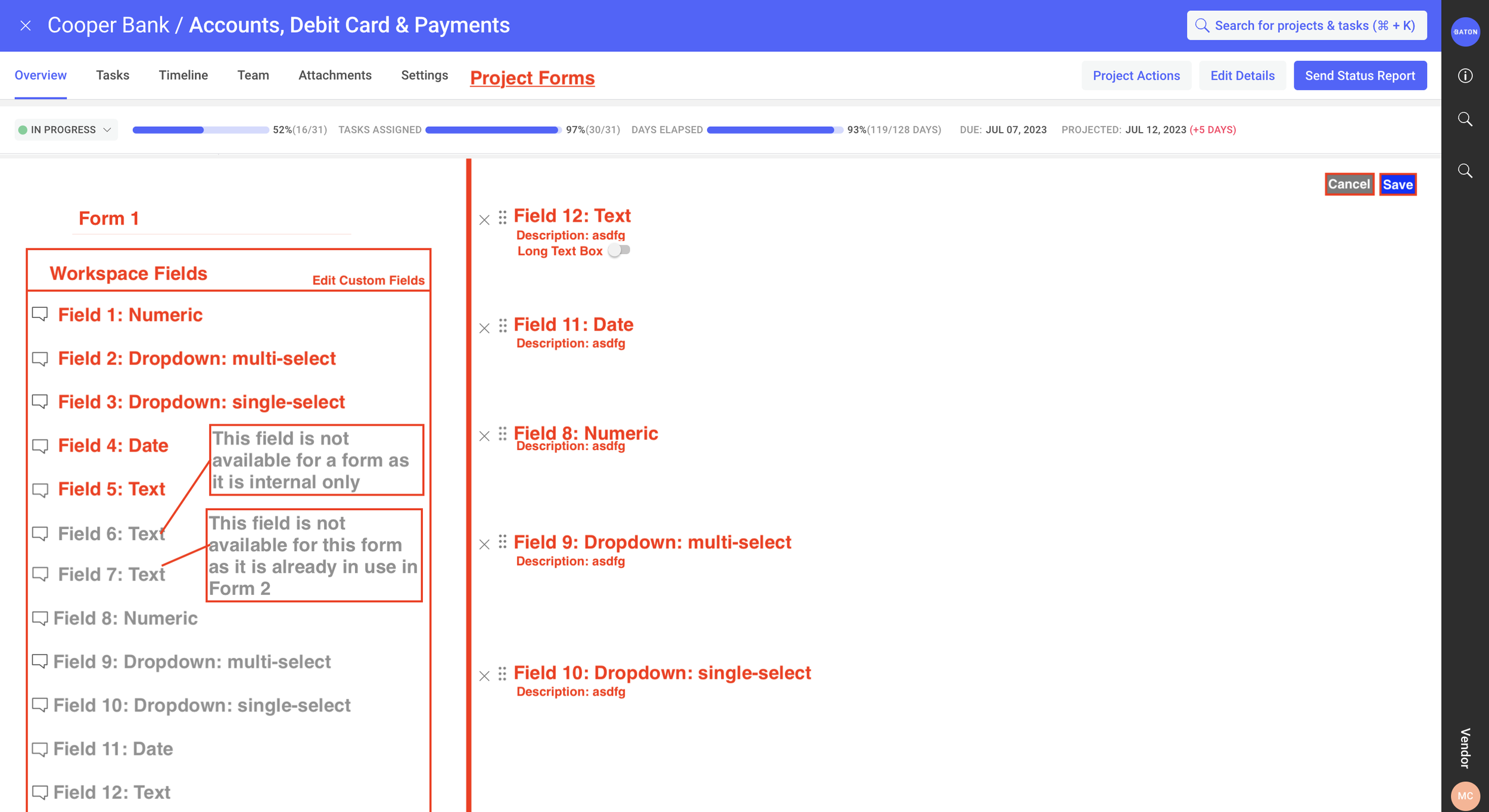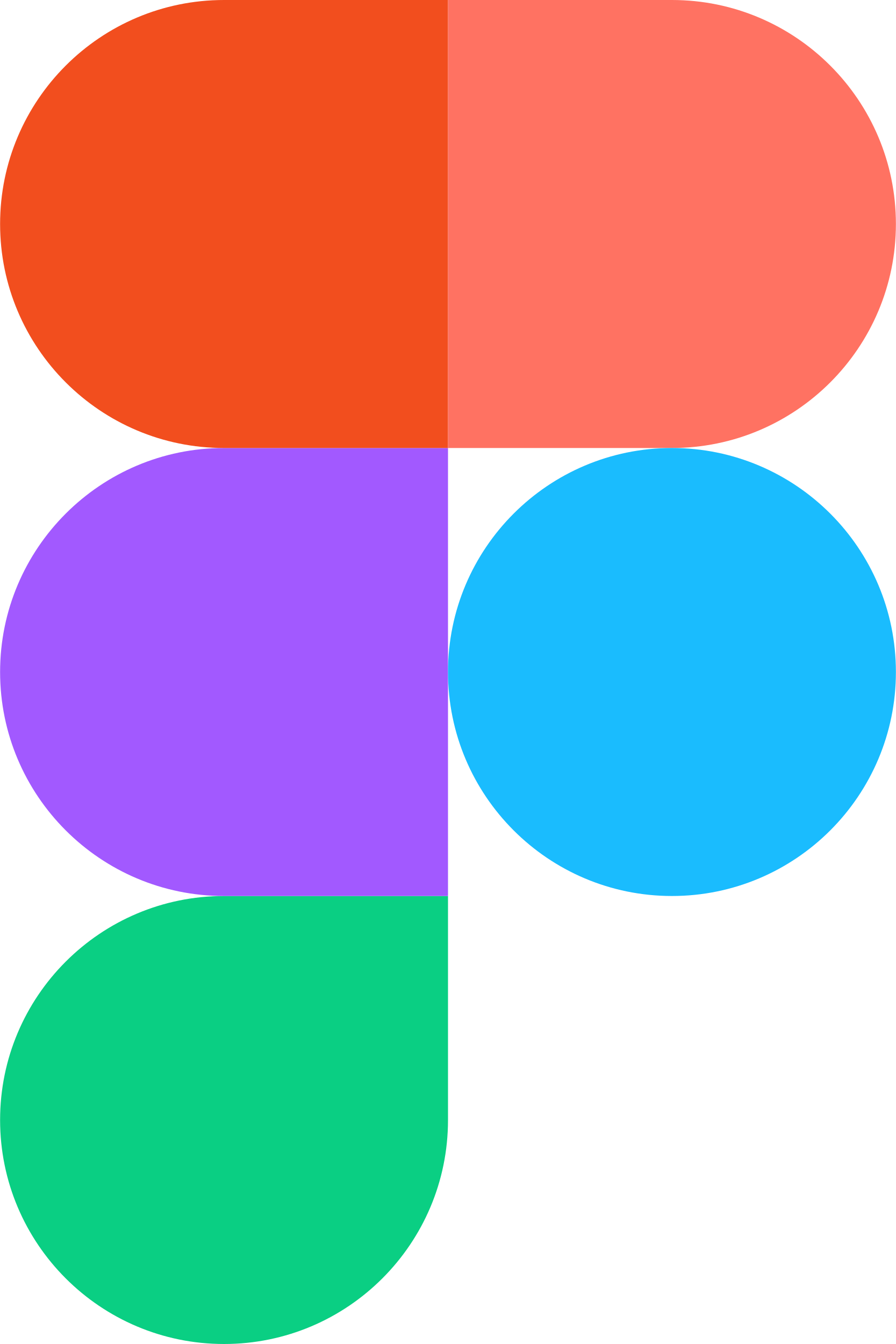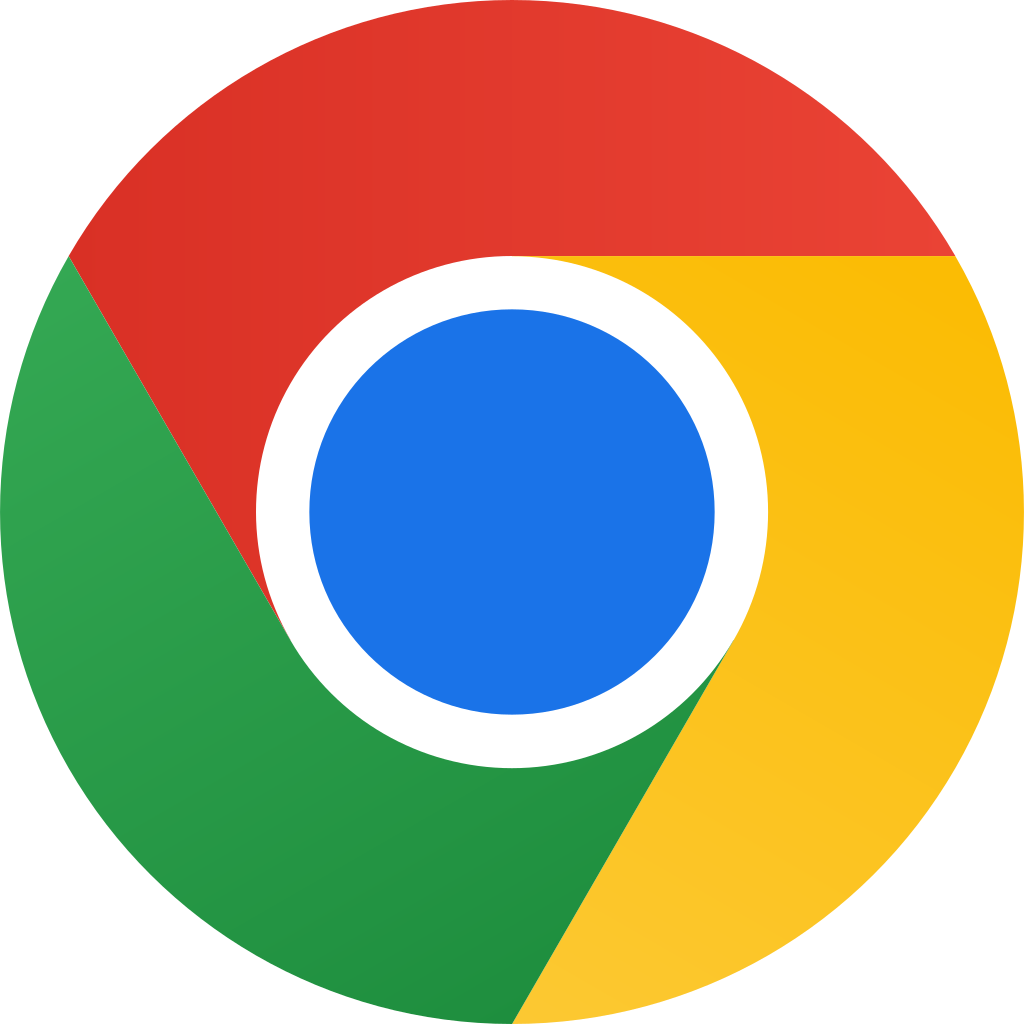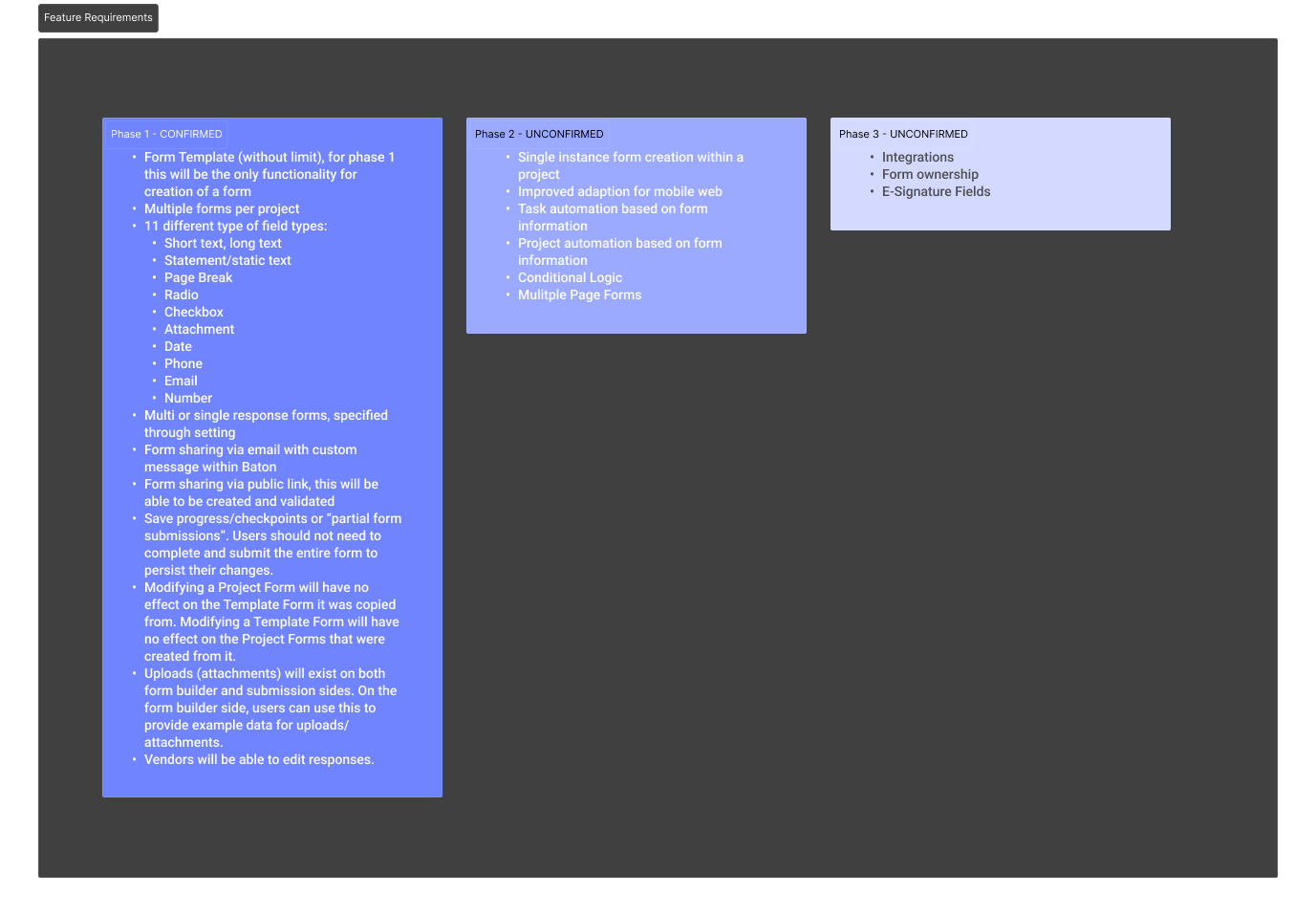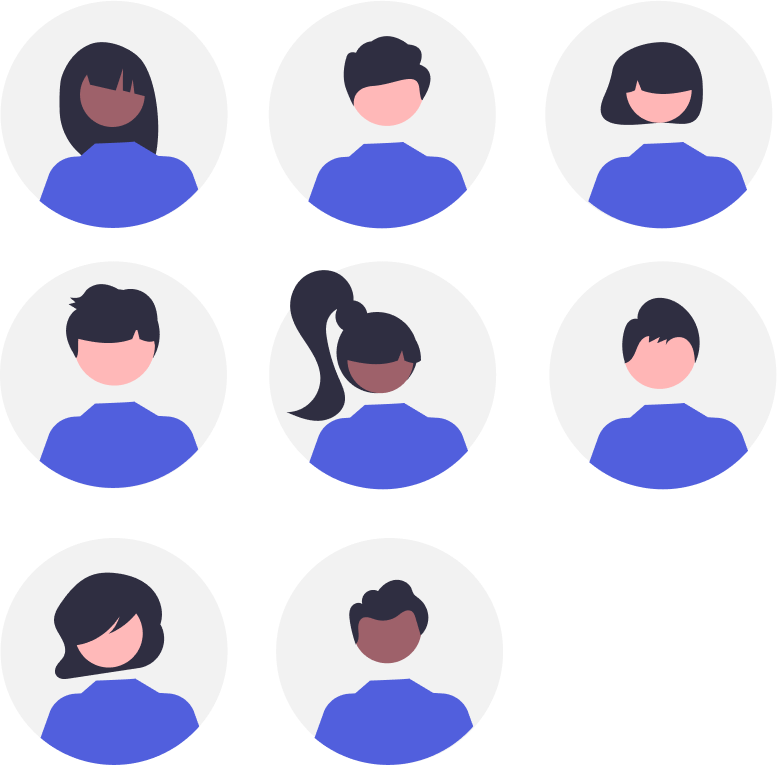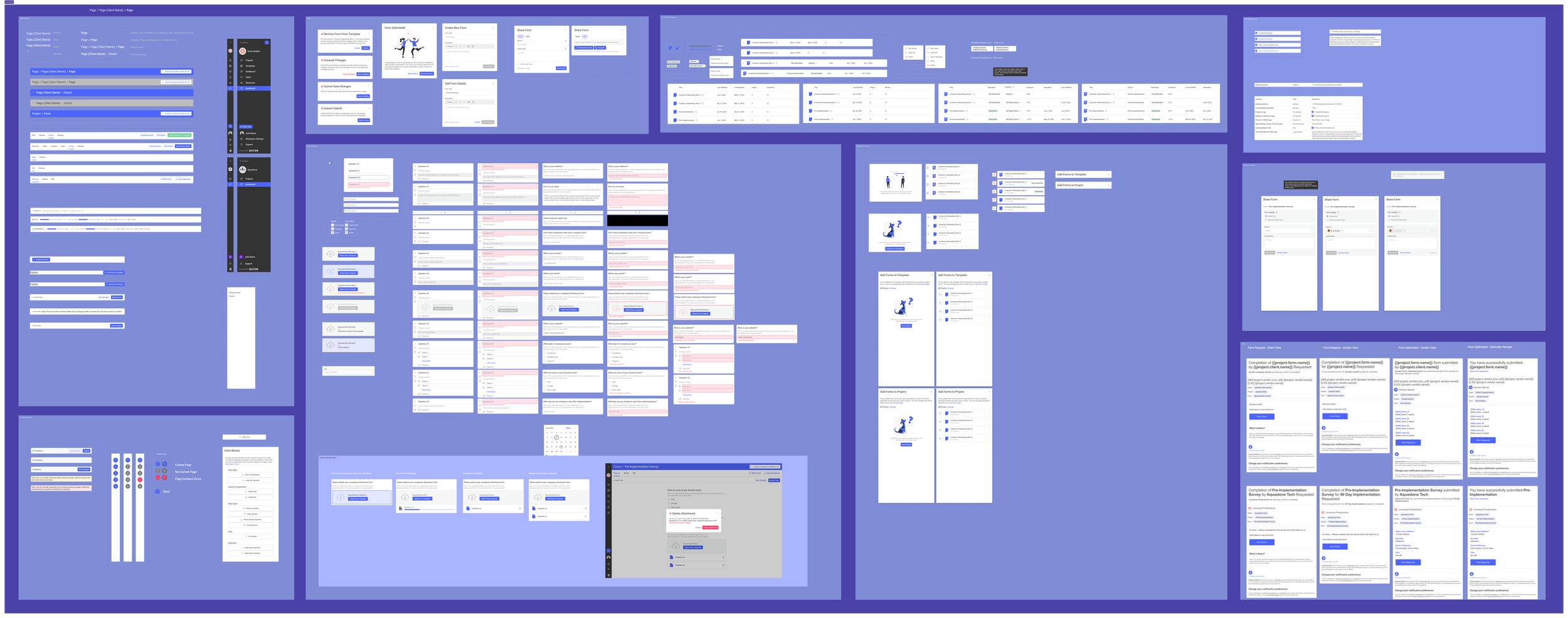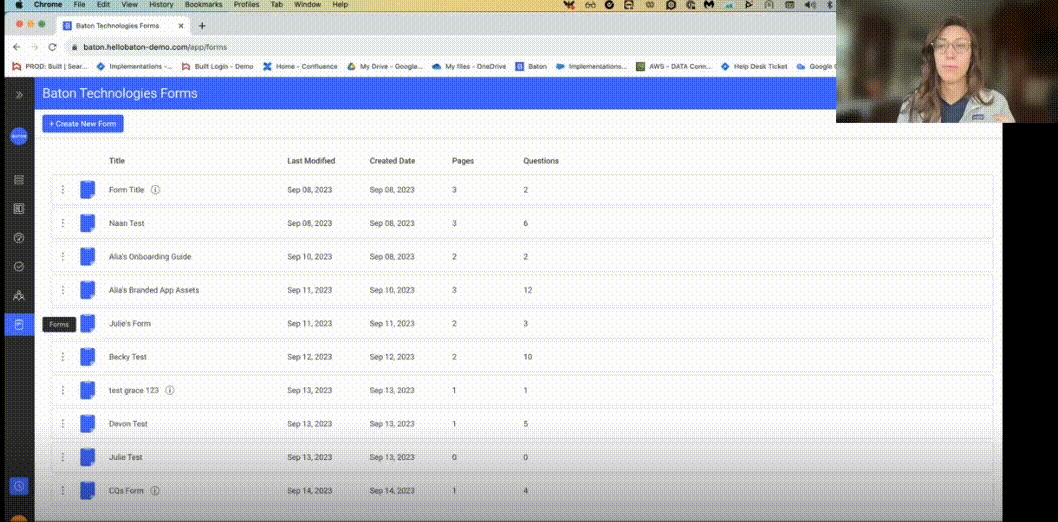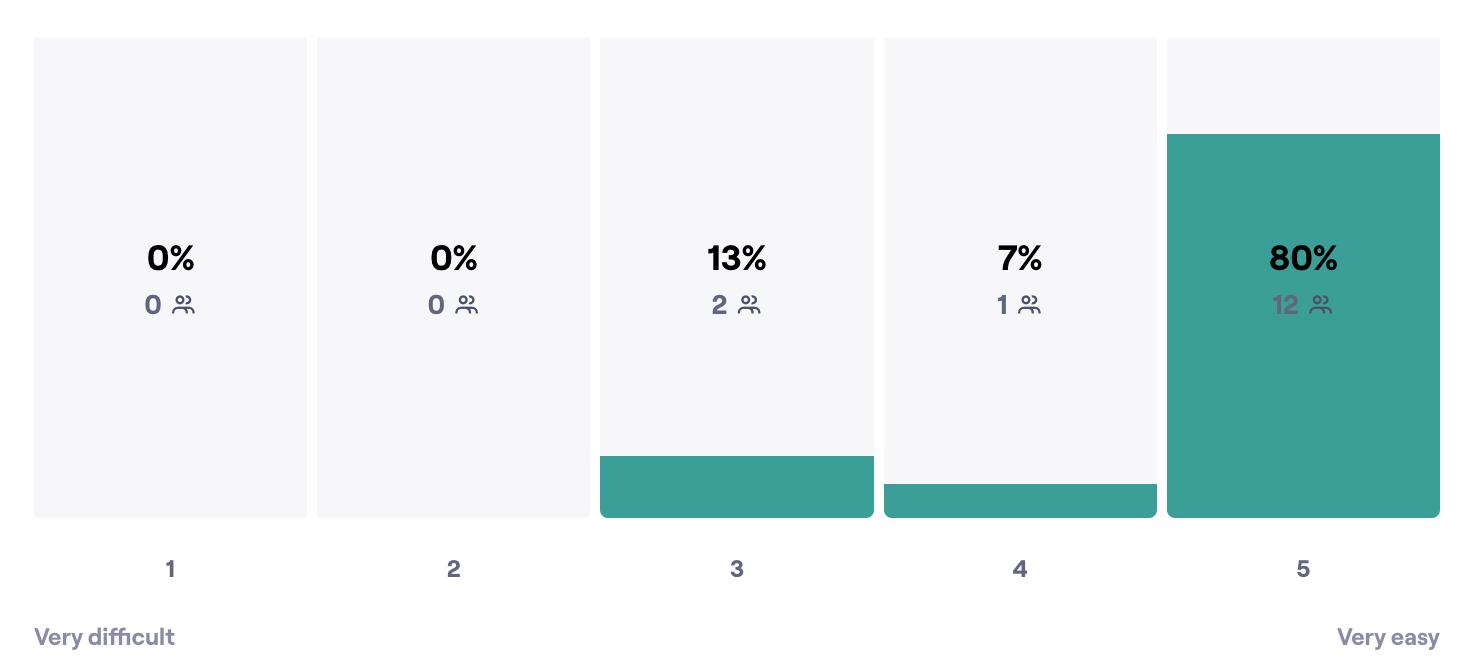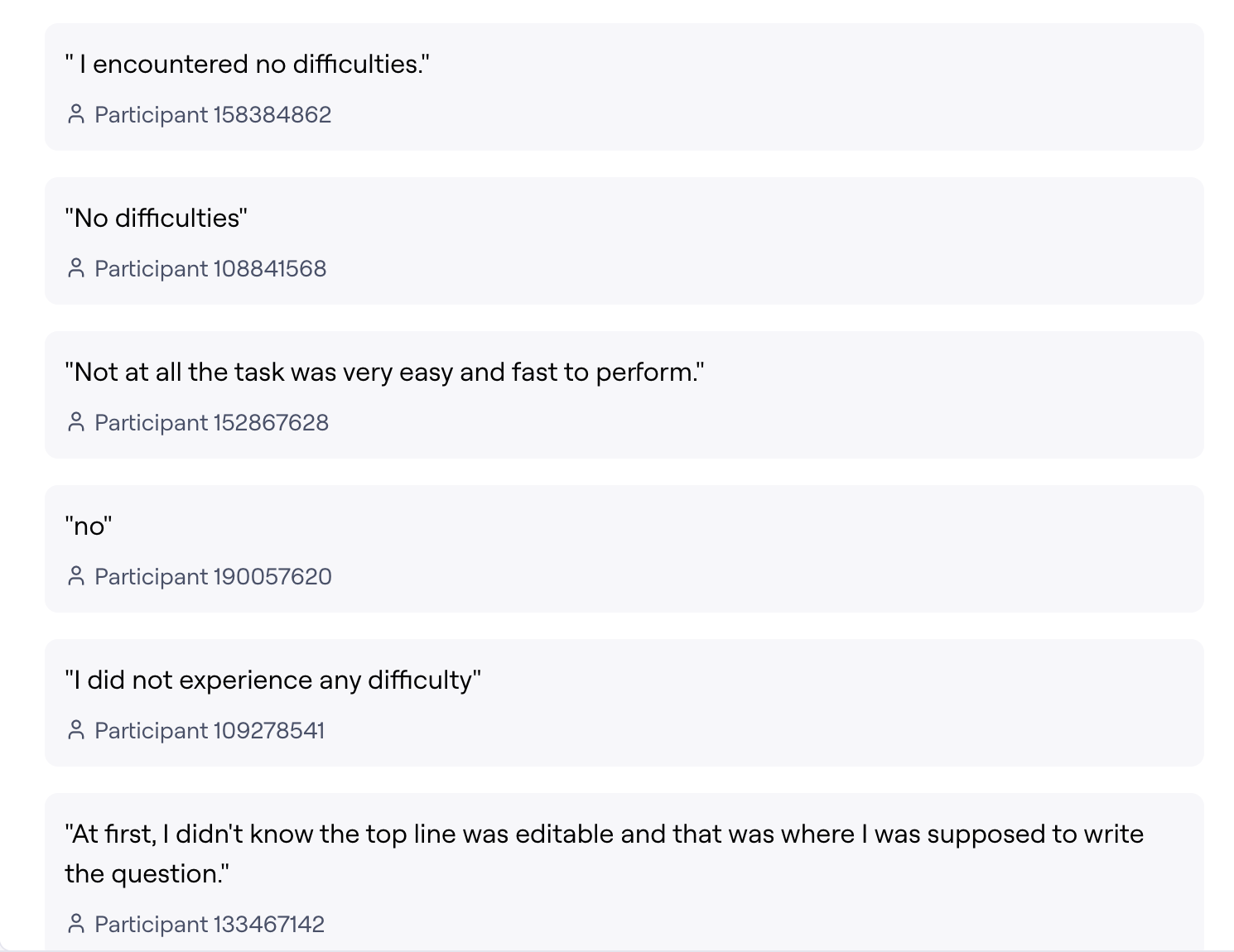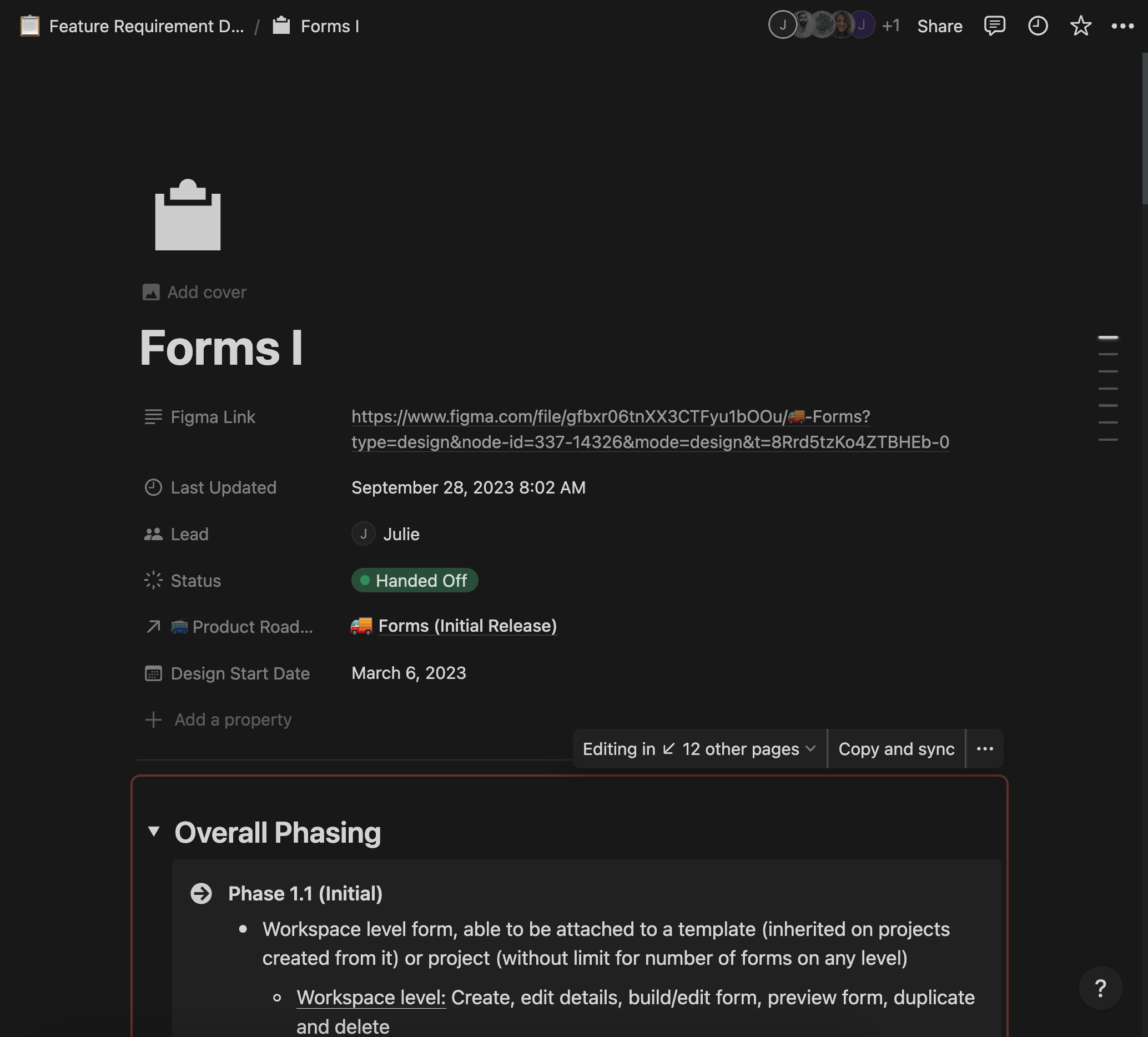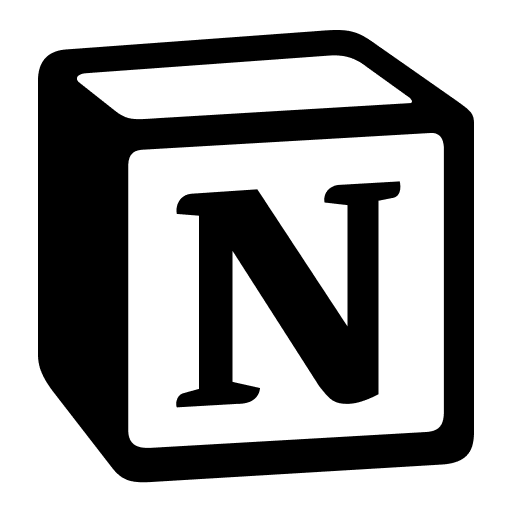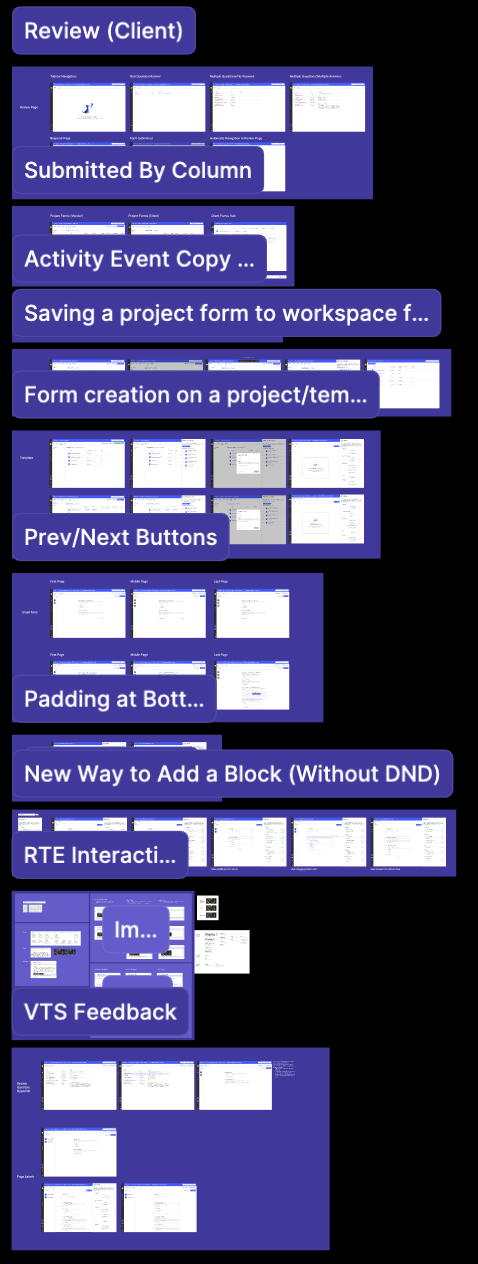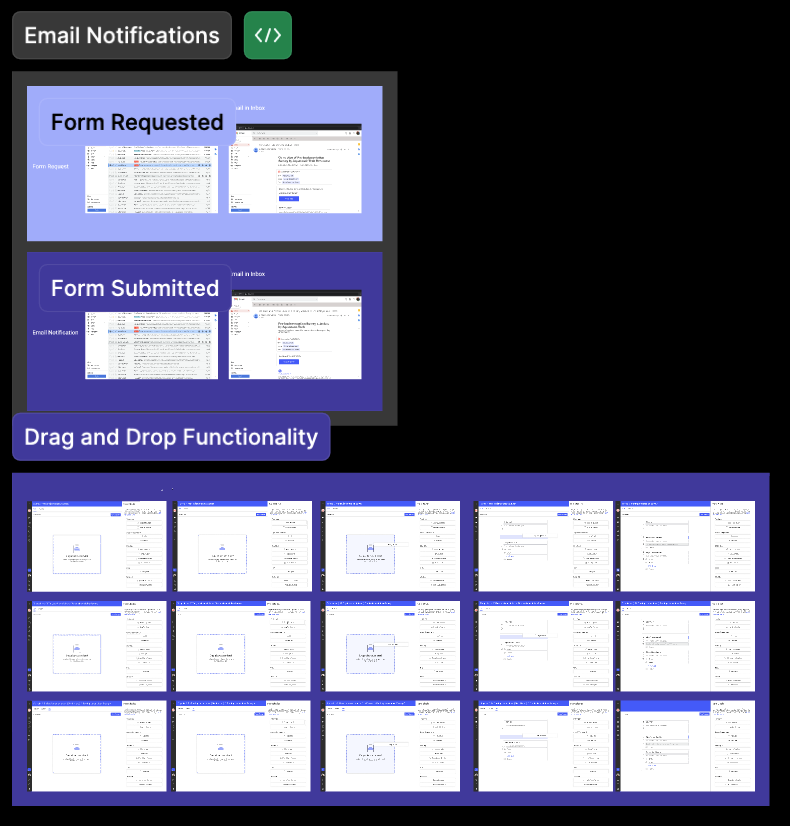baton forms
This project addresses the common challenges faced by implementation managers in collecting, organizing, and verifying customer-provided assets, ensuring a smoother and more efficient onboarding process.
My Role
Lead Product Designer and UX Researcher
Project Length
8 Months
Discovery
Customer Conversations
Competitor Analysis
Market Research
Customer converations
With our customers at the core of our user base, we ensured that frequent and consistent communication with this group was a non-negotiable.
We were always working towards the objective of trying to improve our customers’ experience and ensuring they meet their business goals.
In most cases, customers were looking to minimize how long their implementations were taking and eliminating any bottlenecks.
Our team identified a major bottleneck with our customers implementations: collecting client assets before a project kick-off.
“Getting information from new customers and our sales rep has been a huge bottleneck in our implementations”
Joe M., Built
“We need a way to get all of our customers assets into the product where we are running our projects; Baton”
Naan S., VTS
“We have forms to get info before kick-off, they just don’t work we get a very delayed response from the customer. Follow-ups take time”
Osama M., Atrio
Competitor analysis
Next, we scanned to figure out if our competitors had found the same pain point, and what they had done about it.
We found that most other products where solving these issues with form applications that were external to their implementation tools, similar to our current customers.
Even with external tools, we found most didn’t provide the functionality that our customers were struggling without.
DEfine
As an implementation manager, I want to easily collect information from my clients, so I can avoid back-and-forth communication and store all my assets in one place.
User Story
Create an experience for users to seamlessly collect necessary pre-implementation information from their clients, allowing them to store all project assets in one place and avoid project delays from prolonged communication.
Goal
Design
Architecture
Before UI could be brought into the equation, this had to thought about from a structured perspective.
How would this fit into Baton?
How can we integrate forms with our templatized structure?
What would a form object look like for Baton?
Would would it operate with our database?
competitors
At this point, we had some ideas around what we could implement to meet our users needs and expanded on product thats already existed for this purpose like Google Forms, TypeForm and many others.
What did they do well that we could build on?
What did they do poorly that we could improve?
Early Designs
I could now put pen (tool) to paper and outline some early prototypes.
I kept it simple, functionality over flash was key here.
Tools Used: Figma and Chrome Inspector
It was at this point that I made sure our team involved in all parts of this feature - weekly.
To do this, I created a series of recurring meetings, each with a specified purpose where each member could discuss their understandings.
I used our own product to document and map out this process so their entire team could understand what the following steps to each meeting would be.
Iterating
I took the research and early ideas I had accumulated to the rest of our team - engineers, CSM, sales reps.
As a team, we worked together to define the requirements of a feature this size and continued ideating together.
Things were coming together…
INTERNAL USER TESTING
While I was refining designs, I was attending regular meetings with our customers and observing them interact with Figma prototypes I had created, prompted with specific tasks.
I observed small pain points during this process such as where to start and the capabilities of which components - these were immediately communicated to my team, documented and applied to my designs.
EXTERNAL USER TESTING
Because I was conducting the design and research for this feature, I worked with my limited resourcing and found an application, Maze, to recruit external users. From these users, I gain quantitative and qualitative feedback that actively influenced my designs.
Tools used: Grain, Maze User Testing
now we’re getting somewhere…
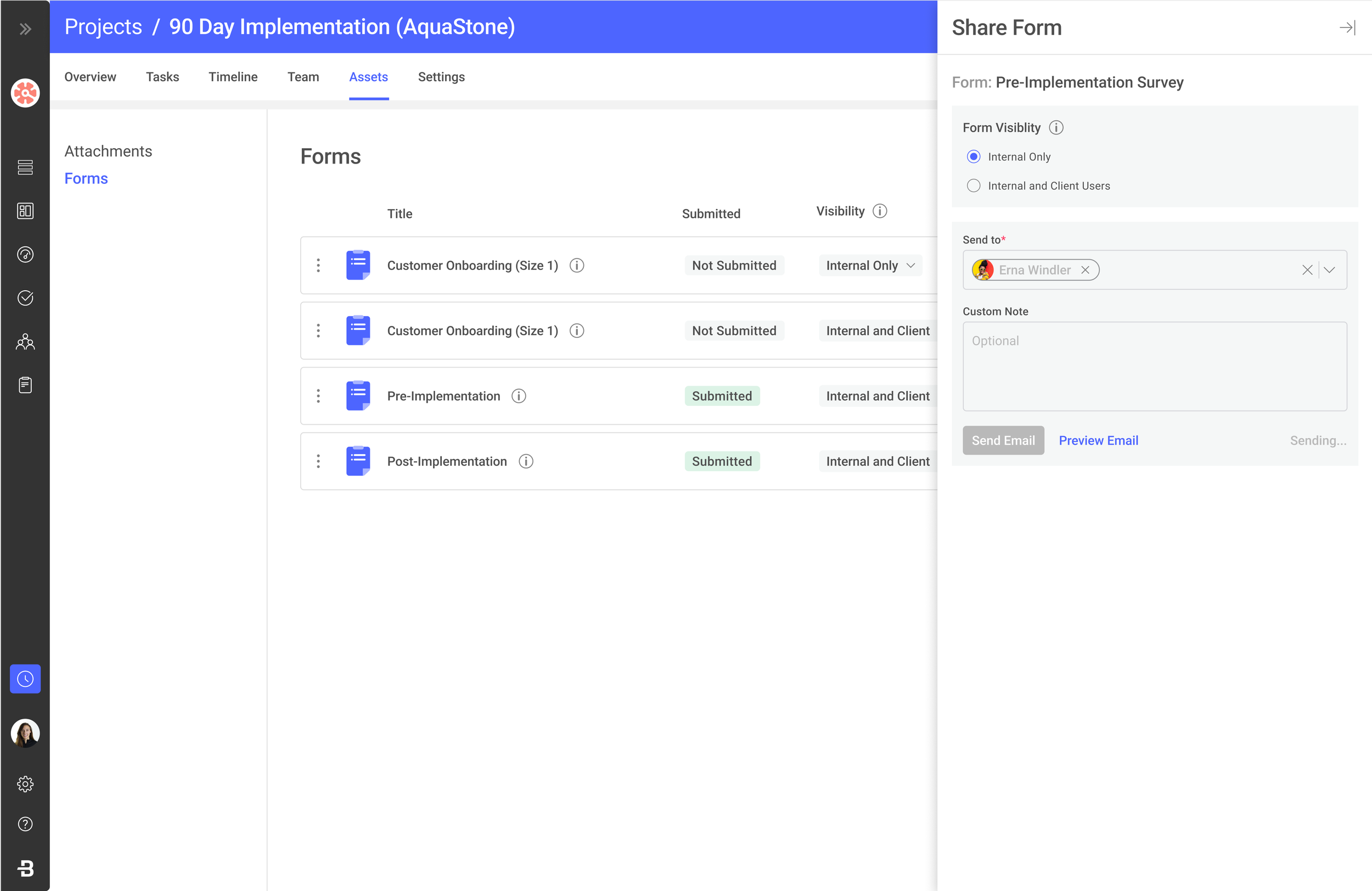
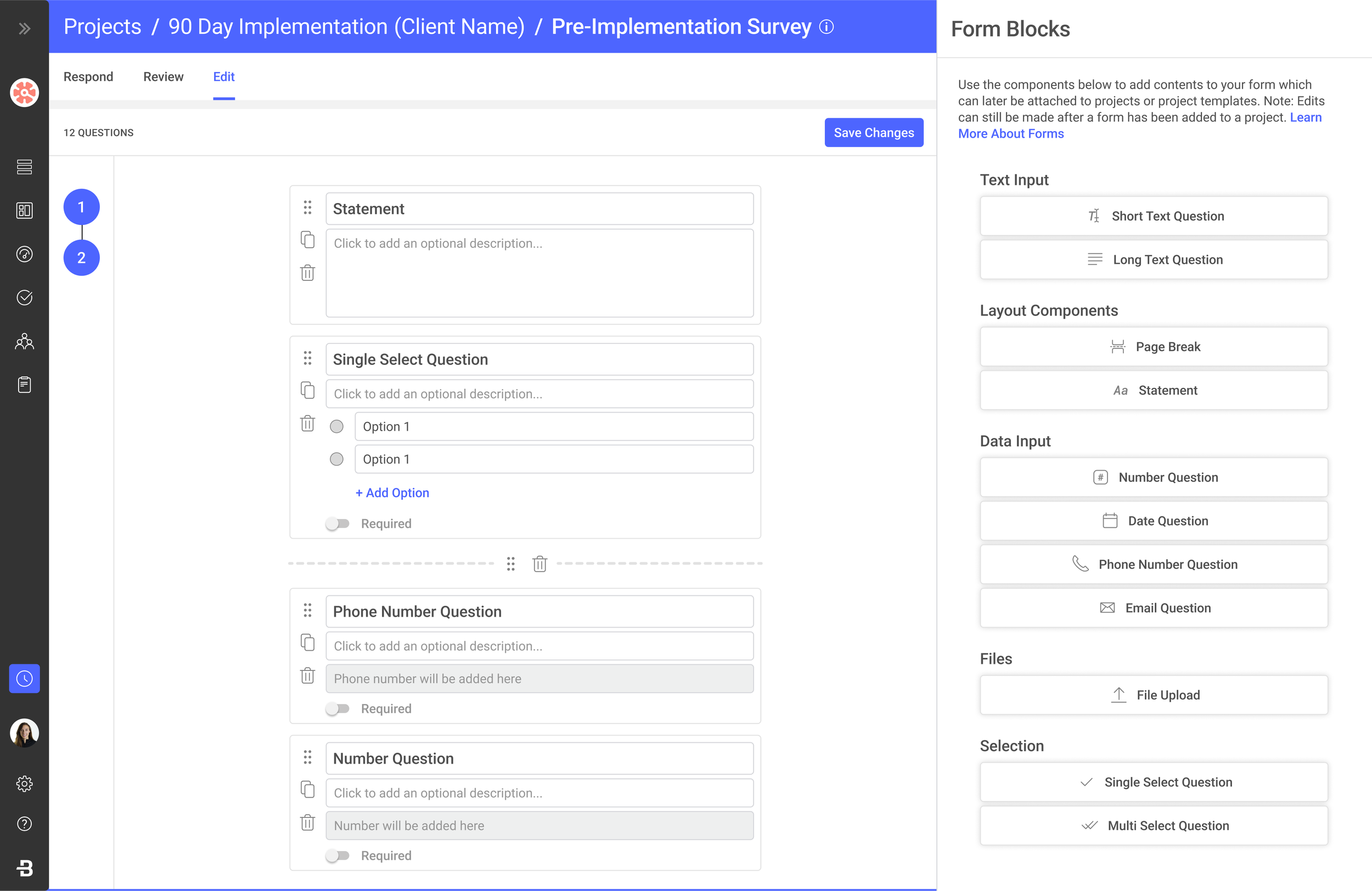
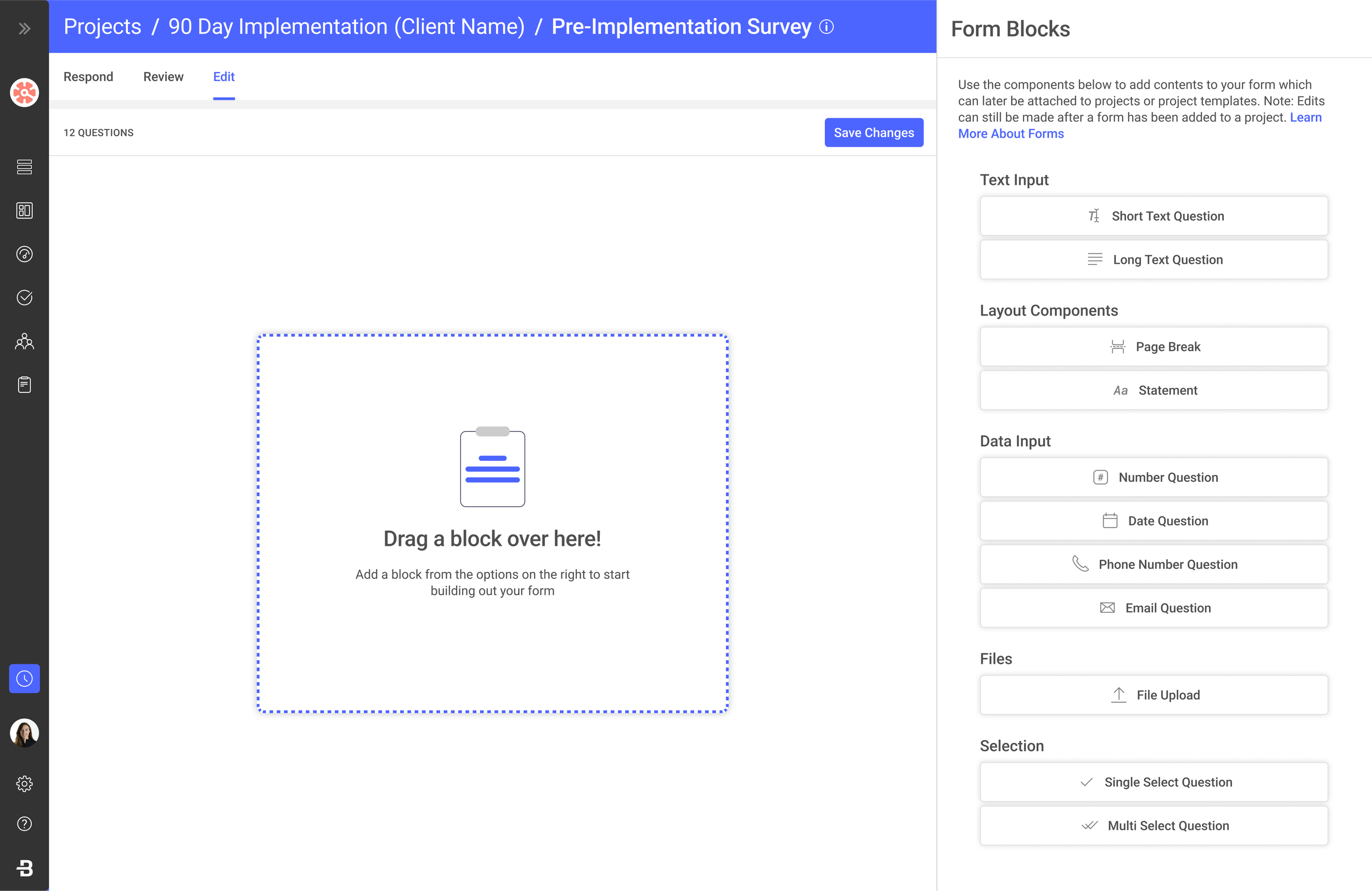
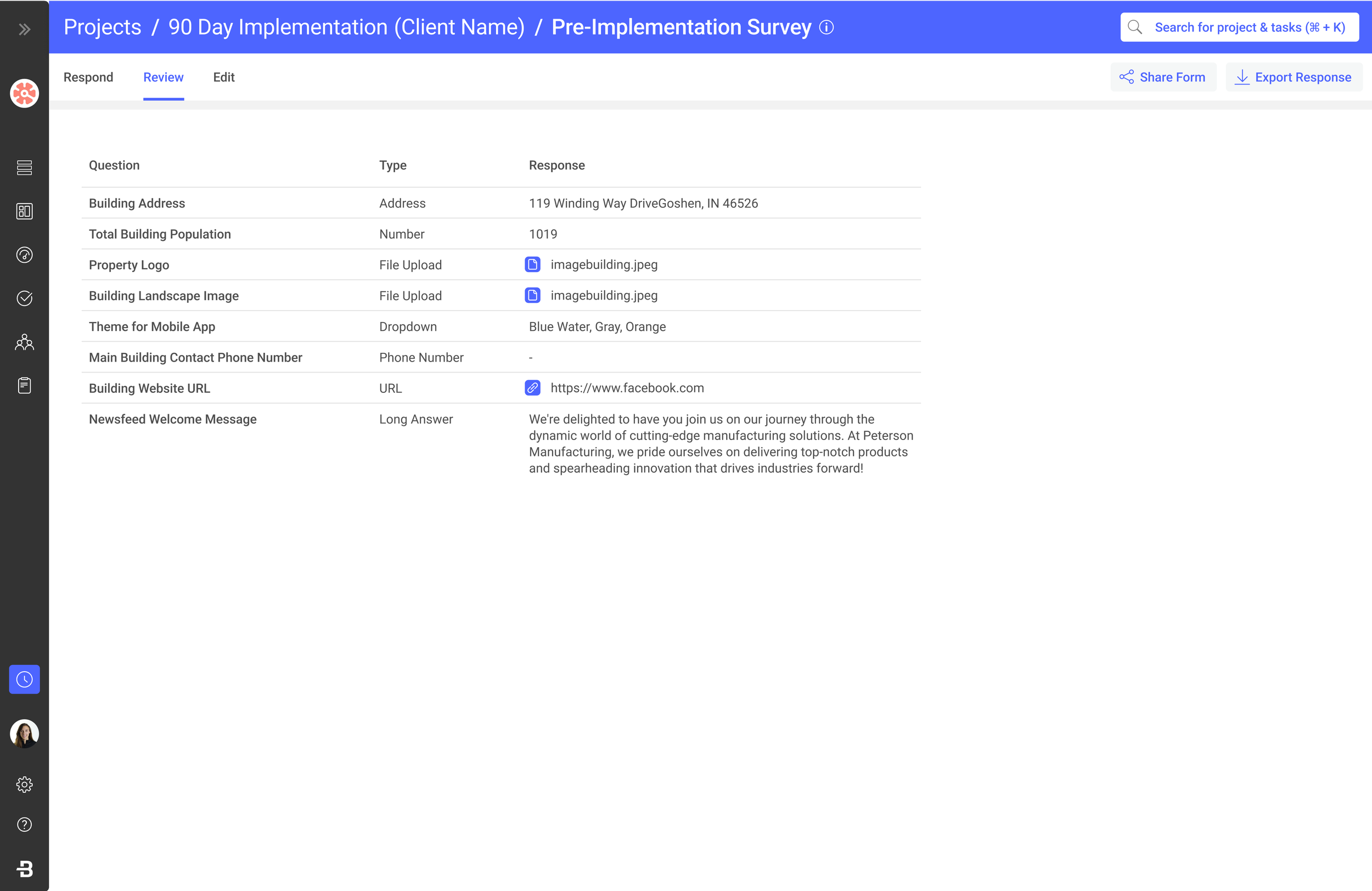
DEPLOY
It was time.
The team was completely aligned on the agreed designs and we were ready to plan out the work.
To detail each interaction, I wanted hand-off to be as clear as possible.
To do this, I created a 22,000 word document that specified each detail of the feature - this cut deployment time almost in half.
Tools used: Jira, Notion
WE DID IT
CRAFTING
The reviews
-
This feature is a game changer. No other product in the same has something this seamless and easy to use.
Ben, Ramsoft
-
this cuts our pre-implementation time in half, forms has changed the way we do implementations.
Joe, Built
-
you guys thought of everything, Forms is exactly what we needed
Becky, MANTL
FIN
While this feature was wildly complex, the results shown that it was more than worth the time and attention to detail that this problem required.
impact
A new process that stuck - review processes and documentation standards born from this project contributed to a 30% cut in development time and 60% time reduction in hand-off.
Due to the popularity of this feature, we were able to sign three new customers, stating that the differentiation from other products led to the close.
What I Learned.
-
take feedback from everywhere and anywhere
This feature held contributions from every corner of our team, each showing to be more valuable than the last.
-
You are not your user
“I’ve used Google Forms, I get it”.
Nope. Our customers were looking to us to solve their problems, not ours. Constant communication with our customers meant that what they needed remained the priority.
-
You can do anything...eventually
In the beginning, there were a million places we wanted to take this feature. We wrote down all of them. Maybe a lot of them haven’t gotten done - but maybe they will. Never mistake ‘impossible’ and ‘not possible right now’.
